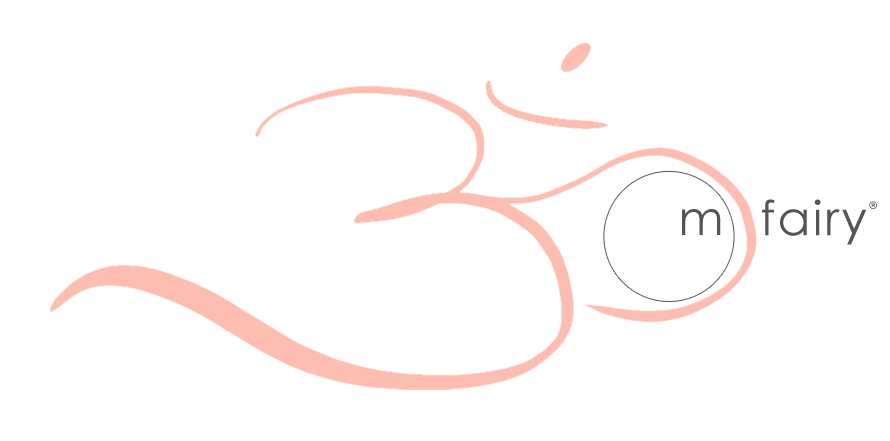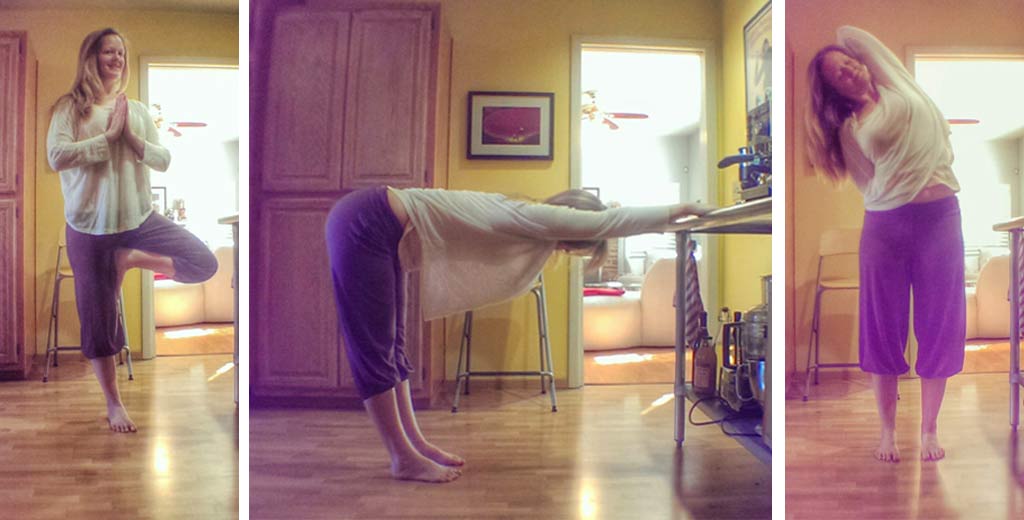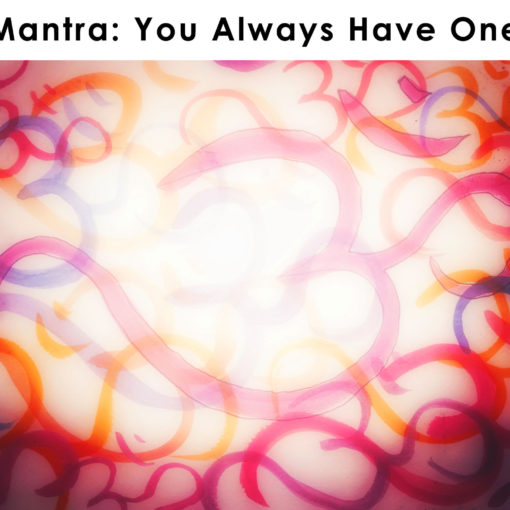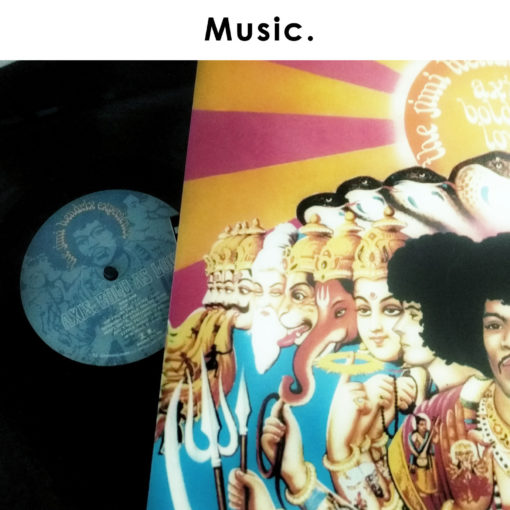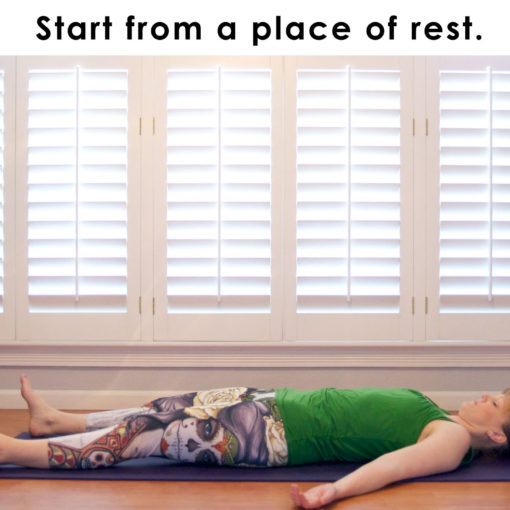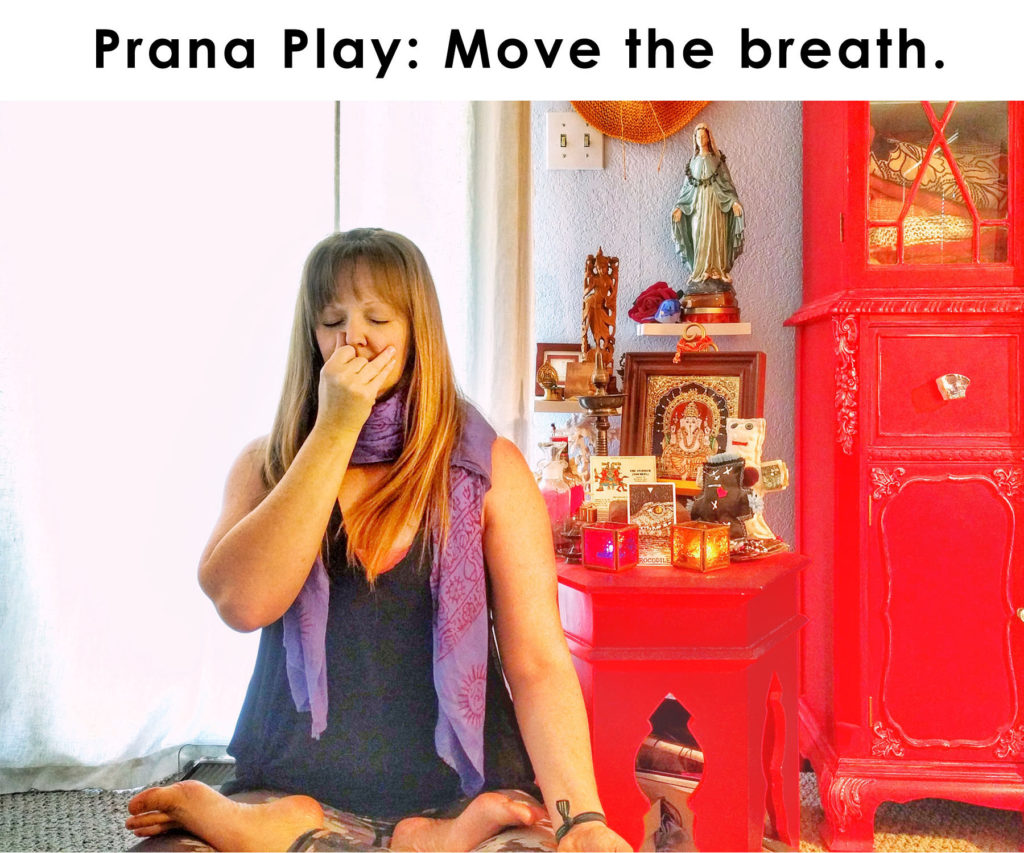
Pranayama has always an interesting topic for me to discuss with others. In general, it is thought of as a separate practice from asana. Many follow the ideas of Iyengar that pranayama comes after you complete your asana practice, and indeed, when you look at the Yoga Sutras 8-limbs of yoga, the list goes yamas, niyamas, asana, pranayama, pratyahara, dharana… etc. Personally I feel I’ve experienced many of these in a mat practice, in my “asana” or “seat”. While I do sometimes have a pure pranayama practice, it is part of my mat practice. Pranayama is woven through the Flow & Hold® Yoga practice.
What is pranayama? I love this line from Richard Rosen in his Step-by-Step guide to pranayama. “I suppose you could say that pranayama itself is breathing play, though indeed a highly stylized form of play.” There are many definitions of pranayama. At its most basic it is described as a practice of controlling our breath. Prana is our life force, an energy that moves beyond just the definition of breath, but for simplification that’s where we end up, because that is what we can control (more on that in a moment). The second part of the word can be one of two words – ayama, or expansion, or yama, meaning restraint. Expansion of life force, or restraint of life force? Both?
When we talk about some of the Sanskrit terms, it’s hard to try to put into words what the translation is. I’ll do my best to explain my understanding here, which may be different from someone else’s, because in the end, it’s an interpretation.
When I think of prana, or life force, I think of the concept of the subtle energies that move through our body. The things we can’t quite see. The nerve impulses, the circulation of our blood. All of the imperceptible movement that is happening within, including the breath, because it too moves our body. All of this is controlled by the nervous system. The unique thing about our breath is that while we will continue to breathe without conscious effort, just as the heart will beat and the peripheral nervous system will send signals back to our CNS, we also have the ability to consciously control our breath. In controlling our breath, we can control our nervous system and we affect the body’s circulation. Learning to manipulate our breath means we can learn to manipulate our nervous system, our response to our environment, our mindset. We control our circulation and even our blood chemistry as we control the breath.
What does this have to do with “asana” practice? Well, in a good practice, you are manipulating the breath. You are moving the body with the breath. You can change your breathing pattern to make your asana feel more calm. You can physically direct the breath in the body to change your body’s shape. If you practice pranayama, you know the effects of it on your body and your psyche. I know that kapalabathi warms me, wakes up my abdomen muscles, clears my nasal passages, enables me to hold my breath effortlessly and thus it can help me suspend movement and even thought, finding a new place of calm and quiet. I know nadi shodhana balances the breath between my nostrils, brings my heart rate down, providing a different sense of calm than kapalabathi. I know lion’s breath helps me loosen my jaw, my neck, even traveling down into my shoulders. If I’m terribly phlegmy, it helps relieve that too.
Do any of those things sound beneficial to your asana practice? Then why wait to bring pranayama in at the end? Why make it a separate practice?
The breath practice I most often start out with is 3-part breath, or spot breathing, because I find it most beneficial to every asana practice, every style of yoga. I use the breath to stretch the body in the beginning of practice. A small stretch, a subtle stretch, but you can start to feel what is more tight in the torso, and what is moving easily today. You can also play with watching as you exhale what relaxes. As you start to play with the breath, you’ll find the breath often becoming longer, calmer than when you first stretched out on the mat. If you notice as you breathe what is working, what is relaxing, and you take that with you into your asana practice, then you’ve found another way to manipulate your body. Smaller, subtler movement than relying on the muscles to move you deeper into the asana. A simple breath can help you find comfort and ease, it can help you find that extra centimeter you need to find your full expression of an asana. Manipulating the breath to keep the autonomic nervous system in a more calm state can further your journey into an asana, and I find it one of the most useful tools to take off of the mat and into the real world. We often teach babies and children to self-soothe, but as adults we are terrible at it. Yet the answer can be as simple as the breath.
Give it a try! Lying in a comfortable position gives you the best possibility of finding deep breath because the muscles of the torso will be supported instead of trying to support you. Supported, relaxed muscles = deeper stretch, much like yesterday’s talk about starting with savasana to unwind tight muscles.
